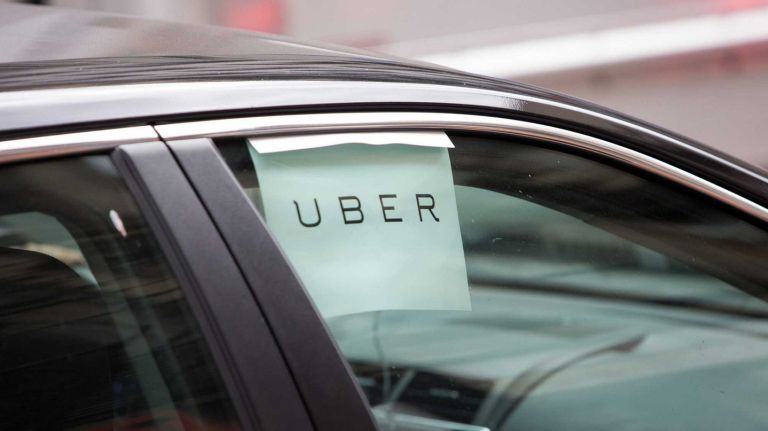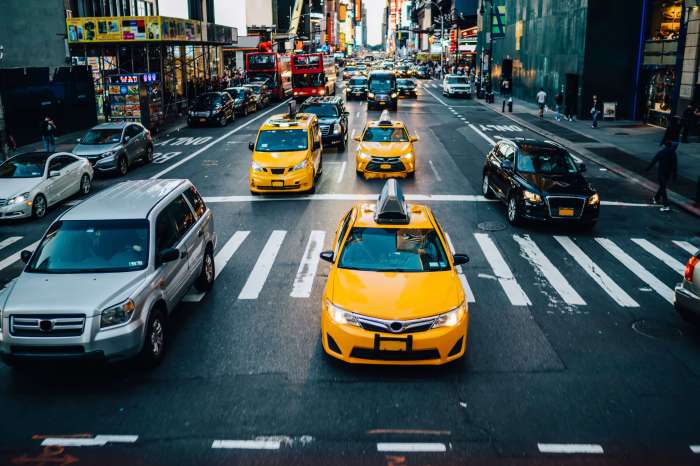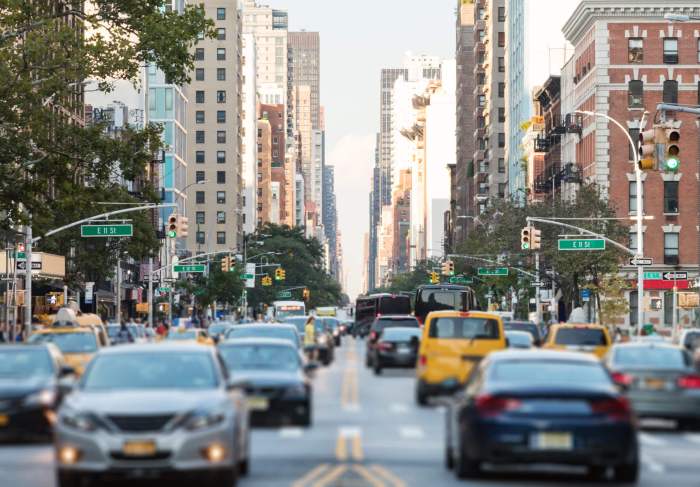All rideshare vehicles in the Big Apple will need to be either carbon-neutral or wheelchair-accessible by 2030, when the city’s newly-passed “Green Rides” program takes effect.
The new rules were passed with a unanimous vote by the Taxi and Limousine Commission, and will help make transit in New York more accessible and energy efficient, said Mayor Eric Adams.
“With the passage of this historic rule and the immediate release of electric vehicle licenses, we are delivering on a promise made to New Yorkers earlier this year and hitting the road towards a more sustainable and accessible future,” Adams said in a statement following the rule’s passage.
The rule will affect around 80,000 vehicles currently on the road that ferry passengers using services like Uber and Lyft (though not yellow cabs) and calls for yearly targets that rideshare platforms must meet in order to keep operating in the five boroughs.
“This gradual, measured transition will benefit the environment, the city’s rideshare drivers, and anyone needing an accessible vehicle,” said TLC Commissioner David Do. “It is designed to ensure that electric vehicles can join the fleet in tandem with the development of charging infrastructure and price-parity with gas-powered vehicles. Simultaneously, it reinforces our commitment to accessibility.”
The first benchmark comes at the end of 2024, when at least 5% of any rideshare platform’s fleet must either have a net-zero carbon footprint, or provide accessibility for wheelchair users — a goal which both Uber and Lyft have already met.
That requirement will increase to 15% by the end of 2025, and 25% by the end of 2026, before increasing 20% each year until the 100% mandate is reached in 2030.
“Three years ago, Lyft pledged to be 100 percent EV by the end of 2030, and we are excited to partner with the city of New York on our journey,” said Larry Gallegos, a public policy manager at Lyft. “Combined with smart, targeted investments in incentives and charging infrastructure, the city’s plan will help tear down the barriers that prevent drivers from making the switch to electric and accelerate an equitable city-wide transition to EVs for rideshare.”
In an effort to help facilitate the change, the TLC is lifting their pause on new taxi licenses for rideshare drivers using electric vehicles, allowing for an expected influx of zero-emission cars to join Uber and Lyft’s fleet.
“We applaud steps taken today by the city to reduce carbon emissions, an important goal we share,” said Hayley Prim, a senior policy manager at Uber.
According to the TLC, if all rideshare cars were currently electric, it would spare the atmosphere around 600,000 metric tons of carbon dioxide yearly, and significantly improve air quality for all New Yorkers.
“This new rule will reduce greenhouse gas emissions and improve air quality, creating a healthier New York City for all. This will also help us advance our important goal of increasing EV charging infrastructure,” said Elijah Hutchinson, executive director of the Mayor’s Office of Climate & Environmental Justice.
While the “Green Rides” rule will not force all rideshare vehicles to become carbon neutral, as drivers could potentially opt to keep their gas guzzlers while making them handicap accessible, city officials expect that most will comply with both options.
“Electric vehicles are a key component in driving down our city’s carbon emissions,” said Manhattan Council Member Keith Powers. “The TLC’s vote to have all for-hire vehicles be zero-emission or wheelchair accessible within seven years continues to build critical momentum in getting us all to our final destination: a greener, more sustainable New York City.”






































